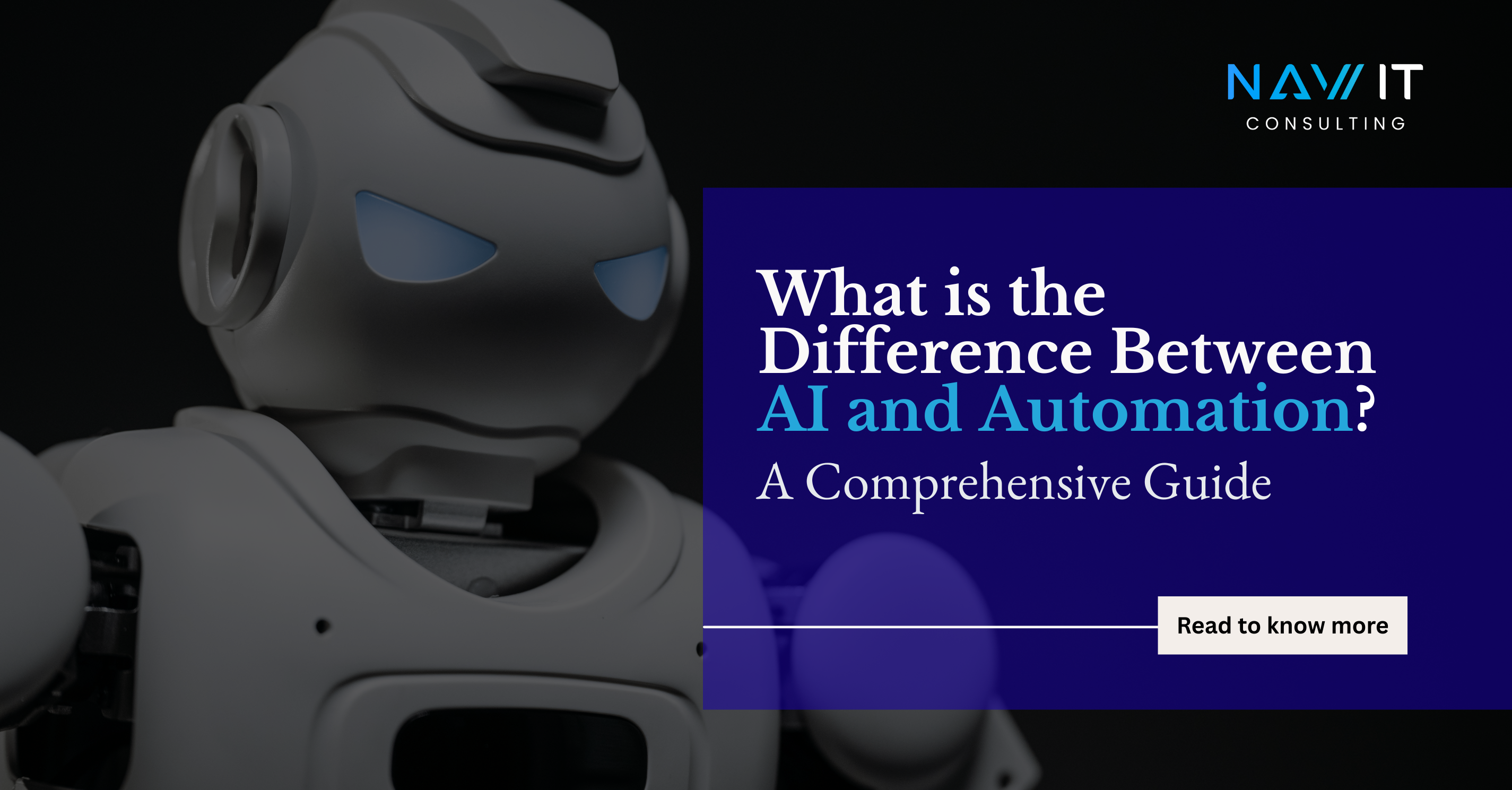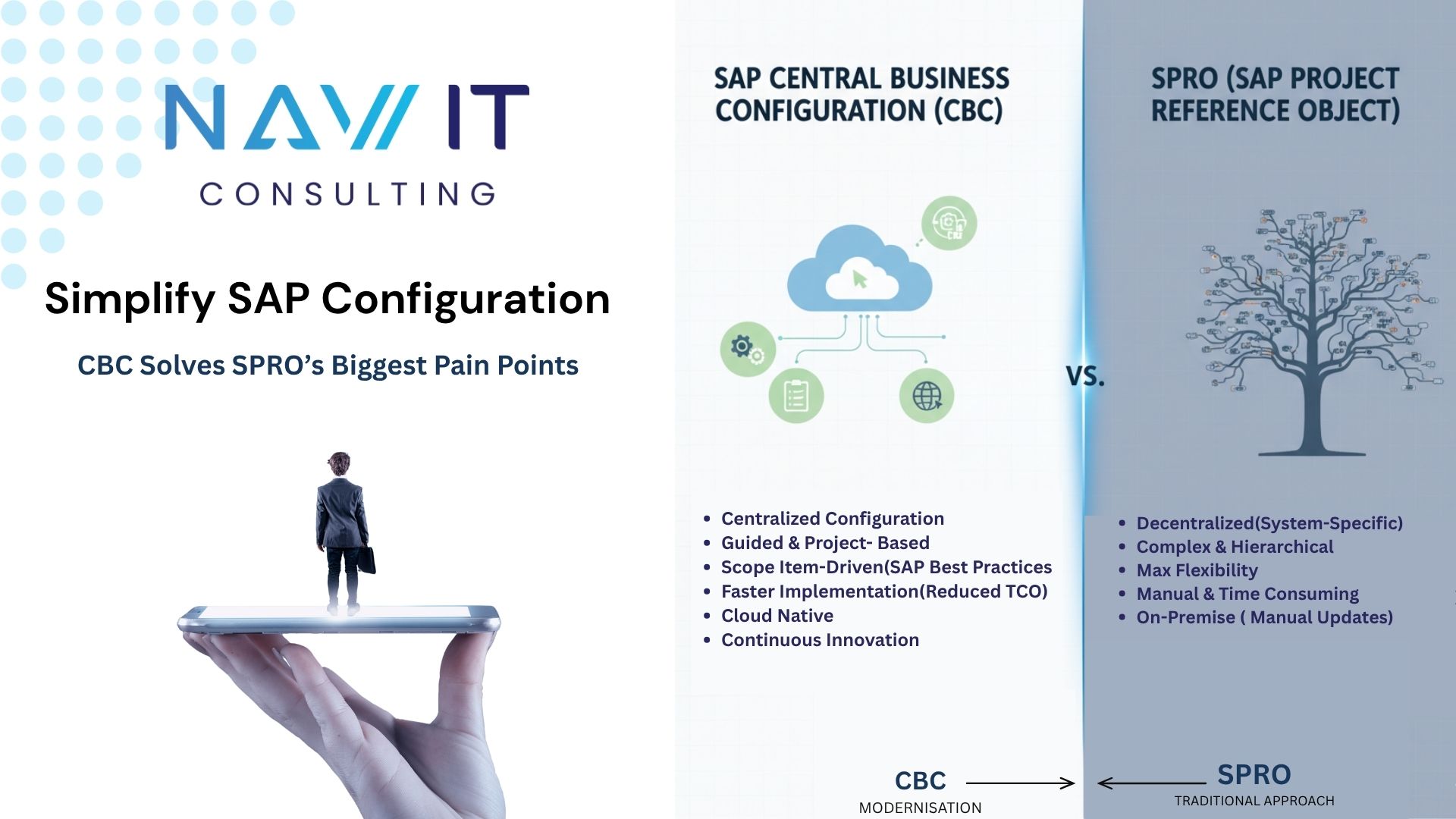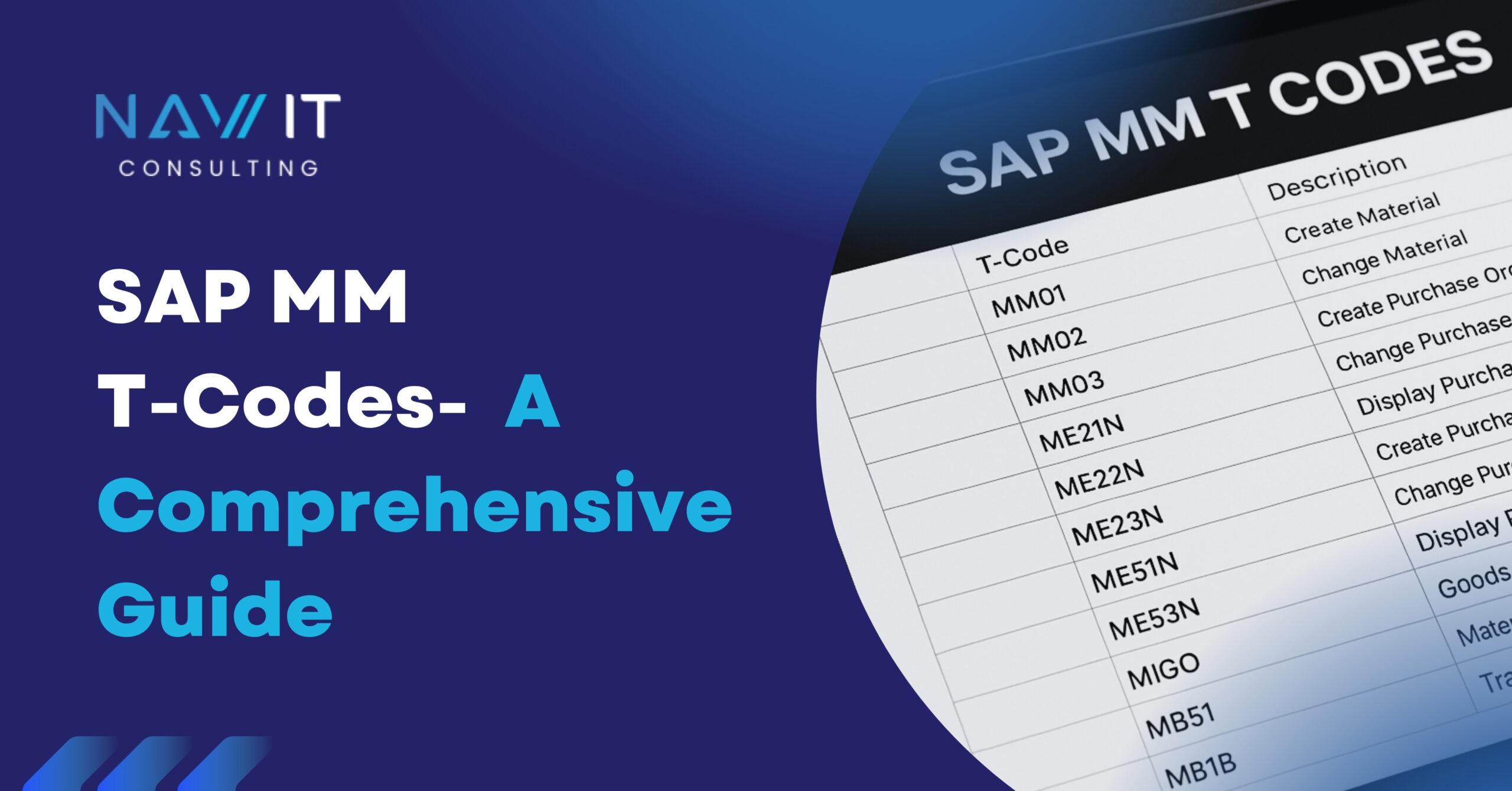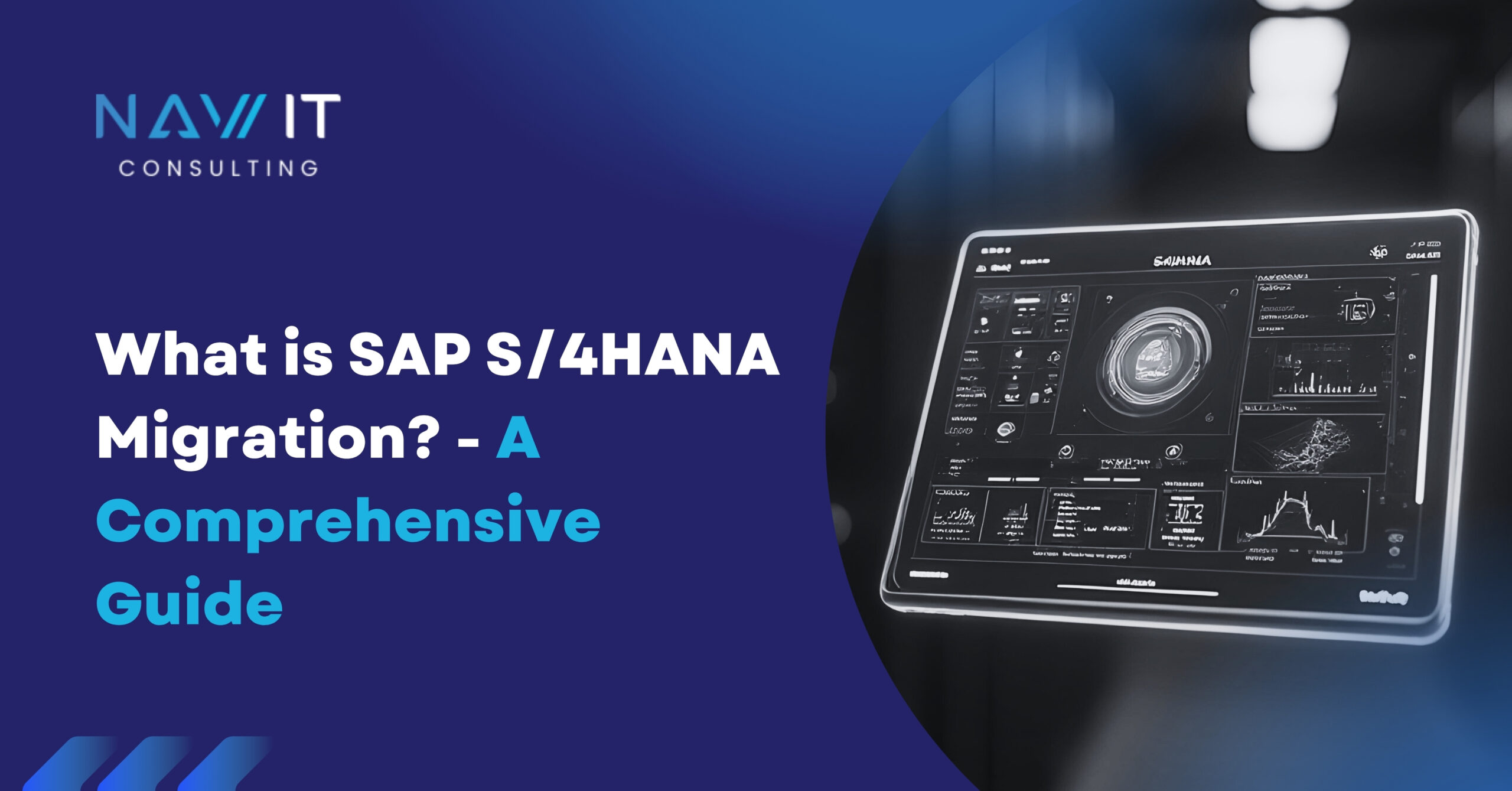Harnessing the Power of Data-Driven Decision-Making
In the digital age, data is often referred to as the new oil, a valuable resource that, when refined and utilized effectively, can drive substantial growth and innovation. Data-driven decision-making (DDDM) is the process of making decisions based on data analysis and interpretation. This approach empowers organizations to base their strategic directions, operational choices, and performance improvements on empirical evidence rather than intuition or observation alone.
The Essence of Data-Driven Decision-Making
Data-driven decision-making involves collecting relevant data, analysing it to extract actionable insights, and applying these insights to guide business strategies. This method contrasts with traditional decision-making processes, which often rely on gut feelings, anecdotal evidence, or unstructured information.
Key Components of Data-Driven Decision-Making
- Data Collection: The foundation of DDDM is accurate and relevant data. This can come from various sources, including customer interactions, sales figures, market research, and operational metrics.
- Data Analysis: Once data is collected, it needs to be analysed to uncover patterns, trends, and correlations. Techniques such as statistical analysis, machine learning, and data mining play crucial roles in this phase.
- Insight Generation: The analysis should yield actionable insights that can inform decision-making. These insights must be clear, relevant, and applicable to the business context.
- Decision Implementation: Insights are used to make informed decisions. This could involve altering business strategies, optimizing operations, or exploring new market opportunities.
- Evaluation and Iteration: Post-decision, it’s essential to evaluate the outcomes to ensure they align with expectations. This evaluation helps refine future data collection and analysis efforts, creating a feedback loop that enhances decision-making over time.
Benefits of Data-Driven Decision-Making
- Enhanced Accuracy: Decisions based on data are often more accurate and objective, reducing the risk of errors that stem from biases and assumptions.
- Increased Efficiency: Data-driven insights can streamline operations, identify inefficiencies, and suggest improvements, leading to cost savings and better resource allocation.
- Competitive Advantage: Organizations that effectively leverage data can gain a significant competitive edge by understanding market trends, customer preferences, and emerging opportunities better than their competitors.
- Risk Management: Data analysis helps identify potential risks and opportunities, allowing businesses to proactively address challenges and capitalize on favourable conditions.
- Innovation and Growth: By uncovering hidden patterns and trends, data driven decision making can spur innovation and support the development of new products, services, and business models.
Implementing Data-Driven Decision-Making
- Culture Shift: Fostering a data-driven culture is crucial. This involves encouraging all employees to value data and integrate it into their daily decision-making processes.
- Invest in Technology: Utilizing the right tools and technologies for data collection, storage, and analysis is essential. This includes investing in databases, analytics platforms, and data visualization tools.
- Skills Development: Equipping employees with the necessary skills to analyse and interpret data is vital. This might involve training programs or hiring data specialists.
- Data Governance: Establishing policies and procedures for data management ensures data quality, security, and compliance with regulations.
- Iterative Approach: Data-driven decision-making is an ongoing process. Continuously collecting data, analysing results, and refining strategies ensures sustained improvement and adaptability.
Real-World Examples
- Netflix: Uses data to recommend shows and movies to users, optimizing their viewing experience and increasing user engagement.
- Amazon: Leverages data for personalized shopping experiences, inventory management, and logistics optimization.
- Zara: Utilizes data to manage its supply chain and respond swiftly to fashion trends, maintaining its position as a fast-fashion leader.
Applying Data-Driven Decision-Making in Supply Chain Management
Data-driven decision-making in Supply Chain Management (SCM) involves leveraging data analytics, machine learning, and other advanced technologies to optimize the flow of goods, information, and finances. This approach enhances the efficiency, responsiveness, and adaptability of supply chains. Here are key areas where data driven decision making can significantly impact Supply Chain Management:
- Demand Forecasting and Planning
- Predictive Analytics: Using historical sales data, market trends, and external factors (e.g., weather, economic indicators), predictive models can forecast future demand with high accuracy.
- Inventory Optimization: Data-driven insights help in maintaining optimal inventory levels, reducing holding costs, and minimizing stockouts.
- Supplier Management
- Supplier Performance Analysis: Analysing data on supplier performance helps in assessing reliability, quality, and delivery times, enabling better supplier selection and relationship management.
- Risk Management: Data on geopolitical events, natural disasters, and market fluctuations can identify potential risks in the supply chain, allowing for proactive mitigation strategies.
- Logistics and Transportation
- Route Optimization: GPS data, traffic patterns, and fuel costs can be analysed to determine the most efficient routes, reducing transportation costs and delivery times.
- Fleet Management: Real-time data on vehicle performance, maintenance schedules, and driver behaviour enhances fleet utilization and reduces downtime.
- Warehouse Management
- Space Utilization: Data analytics can optimize warehouse layout and storage solutions, improving space utilization and reducing handling times.
- Automation: Automated systems driven by data analytics can streamline warehouse operations, from picking and packing to inventory tracking.
- Customer Service and Satisfaction
- Order Fulfilment: Data-driven systems ensure accurate and timely order fulfilment, enhancing customer satisfaction and loyalty.
- Returns Management: Analysing return patterns and reasons helps in improving product quality and reducing return rates.
- Sustainability
- Carbon Footprint Analysis: Data on energy consumption, transportation emissions, and waste generation helps in developing strategies to reduce the supply chain’s environmental impact.
- Resource Optimization: Analysing usage patterns aids in optimizing resource consumption, contributing to sustainable practices
- Real-Time Monitoring and Decision Making
- IoT and Sensors: Real-time data from IoT devices and sensors provide visibility into various supply chain stages, enabling swift decision-making and problem resolution.
- Blockchain Technology: Enhances transparency and traceability, ensuring data integrity and security throughout the supply chain.
- Cost Management
- Spend Analysis: Examining procurement data helps in identifying cost-saving opportunities and negotiating better terms with suppliers.
- Budgeting and Financial Planning: Data-driven financial models assist in accurate budgeting, forecasting, and financial planning.
Technologies Enabling Data-Driven Decision-Making
- Big Data Analytics: Handles vast amounts of data from various sources, providing comprehensive insights into supply chain operations.
- Machine Learning and AI: Automates complex analyses and predicts future trends, enabling proactive decision-making.
- Cloud Computing: Facilitates data storage, processing, and accessibility across the supply chain network.
- Data Visualization Tools: Simplifies the interpretation of complex data, aiding in better decision-making.
Benefits of Data-Driven Decision-Making in Supply Chain Management
- Increased Efficiency: Streamlines operations, reduces waste, and lowers costs.
- Enhanced Agility: Improves the ability to respond quickly to market changes and disruptions.
- Better Customer Satisfaction: Ensures timely and accurate deliveries, meeting customer expectations.
- Improved Collaboration: Facilitates better communication and coordination among supply chain partners.
- Risk Mitigation: Proactively identifies and addresses potential risks, ensuring supply chain resilience.
Conclusion
Data-driven decision-making transforms how businesses operate, offering a pathway to more accurate, efficient, and innovative outcomes. By integrating data at the core of their decision-making processes, organizations can navigate complexities, seize opportunities, and achieve sustained growth in an increasingly data-centric world. Embracing this approach is not just a strategic advantage but a necessity in today’s competitive landscape.
Frequently Asked Questions (FAQs) about Data-Driven Decision-Making
Data-driven decision-making transforms how businesses operate, offering a pathway to more accurate, efficient, and innovative outcomes. By integrating data at the core of their decision-making processes, organizations can navigate complexities, seize opportunities, and achieve sustained growth in an increasingly data-centric world. Embracing this approach is not just a strategic advantage but a necessity in today’s competitive landscape.
- What is data-driven decision-making?
Data-driven decision-making (DDDM) is the process of making business decisions based on data analysis and interpretation. This approach relies on empirical evidence rather than intuition or observation alone.
- Why is data-driven decision-making important?
DDDM enhances accuracy, increases efficiency, provides a competitive advantage, aids in risk management, and drives innovation and growth. By making informed decisions based on data, organizations can improve their performance and better adapt to market changes.
- What types of data are used in data-driven decision-making?
Data can come from various sources, including customer interactions, sales figures, market research, operational metrics, social media analytics, and more. The key is to use relevant and accurate data that can provide actionable insights.
- What tools and technologies are essential for data-driven decision-making?
Essential tools and technologies include databases for data storage, analytics platforms for data processing, data visualization tools for presenting insights, and machine learning algorithms for advanced analysis.
- How can an organization foster a data-driven culture?
To foster a data-driven culture, organizations should encourage all employees to value data and integrate it into their daily decision-making processes. This involves training programs, promoting data literacy, and incentivizing data use.
- What are some common challenges in implementing data-driven decision-making?
Common challenges include data quality issues, lack of skilled personnel, resistance to change, data privacy concerns, and the need for significant investments in technology and infrastructure.
- Can small businesses benefit from data-driven decision-making?
Yes, small businesses can benefit significantly from DDDM. By leveraging data, small businesses can optimize their operations, understand customer preferences, and compete more effectively with larger companies.
- How does data-driven decision-making improve risk management?
By analysing data, organizations can identify potential risks early and take proactive measures to mitigate them. This includes understanding market trends, predicting customer behaviour, and identifying operational inefficiencies.
- What role does data governance play in data-driven decision-making?
Data governance involves establishing policies and procedures for data management to ensure data quality, security, and compliance with regulations. Effective data governance is crucial for the reliability and integrity of the data used in decision-making.
- Can data-driven decision-making be applied to all industries?
Yes, DDDM can be applied across various industries, including retail, healthcare, finance, manufacturing, and more. Each industry can leverage data to optimize processes, improve customer experiences, and drive innovation.
- How do organizations measure the success of data-driven decision-making?
Success can be measured by evaluating key performance indicators (KPIs) related to efficiency, revenue growth, customer satisfaction, and other business objectives. Continuous monitoring and analysis of these metrics help assess the impact of data-driven decisions.
- What are some real-world examples of data-driven decision-making?
Examples include Netflix using data to recommend shows, Amazon personalizing shopping experiences, and Zara managing its supply chain and responding swiftly to fashion trends. These companies use data to optimize their operations and enhance customer experiences.
- What is the first step in transitioning to data-driven decision-making?
The first step is to establish a clear understanding of the organization’s goals and identify the types of data that will help achieve these goals. This involves setting up a robust data collection and management system and fostering a culture that values data.
- How often should data be reviewed and analysed?
Data should be reviewed and analysed regularly, depending on the specific needs of the business. Continuous analysis allows for timely insights and more agile decision-making, helping businesses stay competitive and responsive to changes.
- What skills are necessary for effective data-driven decision-making?
Key skills include data analysis, statistical knowledge, critical thinking, problem-solving, data visualization, and understanding of relevant technologies. Training and development programs can help employees acquire these skills.









